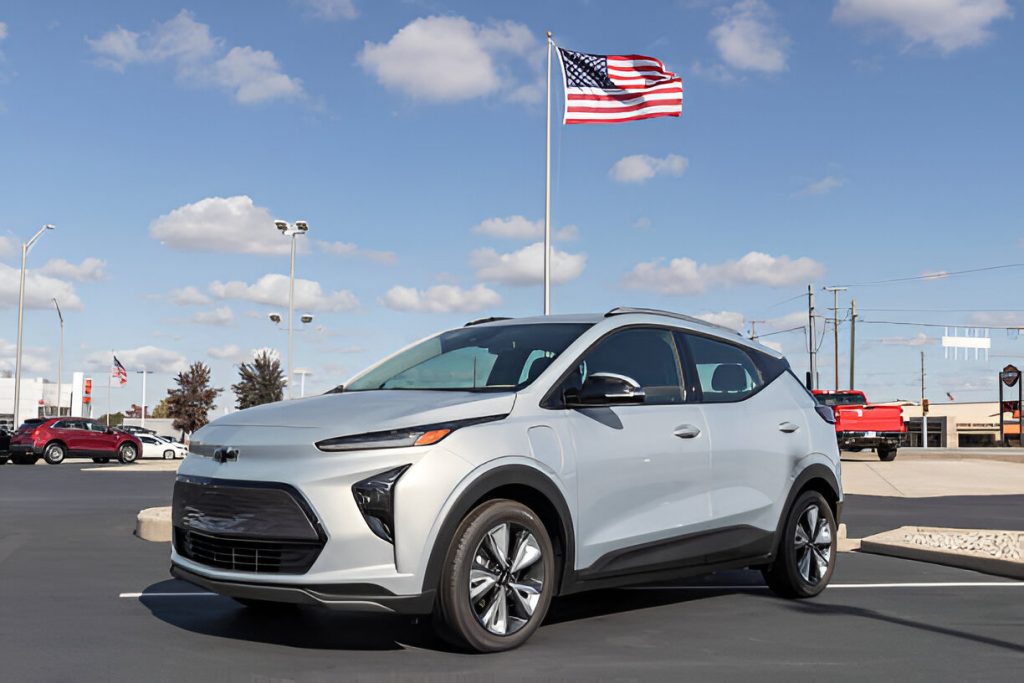Climate change and air pollution have become major issues, and the US has developed new car emission laws. These laws are designed to regulate the emissions of noxious gasses by automobiles and other modes of transport. In doing so, car manufacturers, buyers, and the general public can understand the importance of these new regulations and the effects they are likely to have on the environment and the automotive industry.
This article will reveal some main points regarding new car emission laws in the USA: why they are needed, what changes they make, and how they will influence everyone. This shift in environmental awareness has also sparked interest in environmental humanities programs, which examine how culture and ethics intersect with climate issues.
What Necessitated the New Emission Laws
As we look at the laws that took effect, let’s first understand why they are so important to all stakeholders so that they can appreciate and implement them with a common objective.
Climate Change
Global warming is among the crucial problems that affect the world today. Greenhouse gas emissions, such as carbon dioxide (CO2), produced by burning fossil fuels in vehicles are the chief culprits of global warming. By removing vehicle emissions, the US wishes to reduce its greenhouse emissions and their effect on climate change and help improve the quality of air, thus enhancing people’s health standards.
Advancing Innovation
Higher emissions standards provide car makers with the appropriate incentive to develop and invest in clean technologies. Such circumstances could result in the development of new technologies like EVs or hybrid cars and improved ICEs. Because emission laws proactively urge the industry to find more environmentally friendly solutions, these restrictions contribute to the advancement of technology.
Overall Durability of Cars
Gas may have been perceived as a cheaper source of energy in the short run, but the damage to the vehicle’s critical parts besides the environment is high. That’s why local manufacturers like Ford and Chevrolet advise you to regularly maintain the engine and other parts to prevent a shutdown. However, EVs will give clients a different experience, all meant to give them more value for their investment due to decreased maintenance costs.
And now with guaranteed lower maintenance costs and durability, owners will also be encouraged to handle the car’s interior and exterior decor with more care. Hence, if you prefer to purchase a new EV or hybrid Chevrolet, you should also get a quality Chevrolet car cover for exterior and external protection. Whether you park it outdoors or indoors, car cover keeps away the damaging UV rays that can fade paint, snow, and debris. Just like regular car maintenance can prevent costly repairs, home upkeep can also save you money in the long run. That will keep the car as good as new for years and probably give it a better resale value.
Key Sections of the Laws
Stricter Emission Standards
The new laws establish more stringent standards for exhaust/ emission levels, particularly CO2 and other greenhouse gases. These standards have been set for passenger cars and light-duty trucks. The idea is to gradually decrease the maximum emission level over the next ten years to encourage manufacturers to create less polluting vehicles.
Fuel Efficiency Requirements
Another element included in the new laws is the fuel efficiency standards, also known as the CORPORATE AVERAGE FUEL ECONOMY STANDARDS. Current and new vehicles must be more fuel-efficient, which translates to having to cover more miles per gallon (MPG). This not only leads to reduced emissions but also allows for a decrease in fuel consumption, which makes it cheaper for consumers and helpful in their transition away from fossil fuels.
Promotion of Electric Vehicles
The new emission laws put emphasis on citizens to transition to the use of electric cars as they discourage excessive emissions. This consists of incentives for the automobile manufacturing industries to produce more electric vehicles and incentives for individuals to purchase these vehicles. Also, the government provides incentives such as tax credits and rebates that help bring down the cost of EVs and hence contribute to increased demand.
Phase-Out Period
Some of these new laws establish time frames within which the manufacture and sale of vehicles powered by gasoline will be prohibited. For example, some states, including California, are planning to phase out new gas cars by 2035. It will entail major changes in the automotive sector and other related systems to facilitate the use of electric cars.
Challenges and Considerations
Adopting new, cleaner vehicles and adhering to new emission standards will be expensive for car manufacturers. These costs may be shifted to consumers through an increase in the price of new vehicles in the market. While a re-powering process can take time and money to undertake, the savings in fuel and maintenance expenses offset the costs over time.
One big problem is developing the necessary infrastructure for a large number of electric vehicles. This includes charging infrastructure, grid, and generation capacity to support the influx of EVs, including more charging stations, power upgrades, and renewable energy reserves. Hence, although the awareness of electric automobiles is constantly increasing, these challenges will hinder the growth of demand for EVs.






